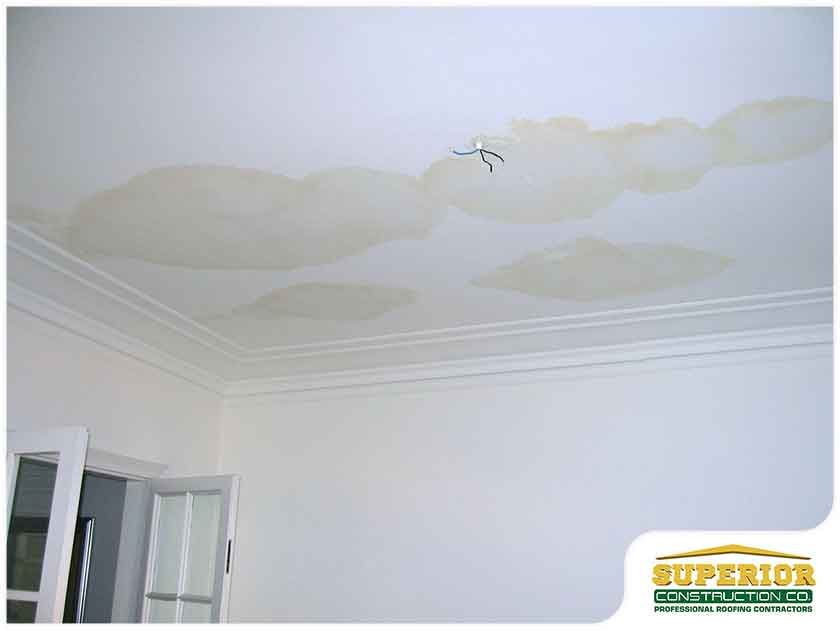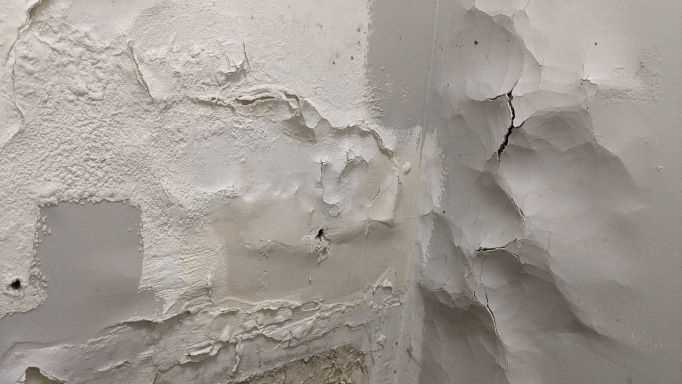Best Ways to Address and Repair Water Stains on Walls
Best Ways to Address and Repair Water Stains on Walls
Blog Article
This post below about Indicators of Water Damage Behind Walls is particularly enjoyable. You should look it over.

Water discolorations on walls are not enjoyable to the eyes. Your house needs to lack discolorations on the wall surfaces, roof, or floors. That is the optimal state of a house and also its frameworks. Sometimes it seems practically inevitable to experience water stains on walls in homes.
Home owners staying in moist areas frequently take care of the concern of water spots on walls. However that doesn't have to be the case for you. With precise as well as all-around information on the causes of water stains and punctual fixing procedures, you will always be an action ahead of such events. So, this post guarantees to be a valuable guide for you.
3 Typical Causes of Water Spots on Walls
Contrary to common belief, water stains on wall surfaces do not constantly stem from inadequate structure materials. There are several sources of water spots on walls. These consist of:
Damp
When warm damp air meets with completely dry cold air, it creates water droplets to form on the wall surfaces of buildings. When there is vapor from cooking or showers, this occurs in washrooms as well as kitchen areas. The water beads can discolor the bordering walls in these parts of your house and also spread to various other areas.
Wet or condensation affects the roofing and wall surfaces of buildings. This triggers them to show up darker than other locations of the home. When the wall surface is wet, it creates a suitable atmosphere for the growth of microorganisms and also fungi. These might have adverse impacts on wellness, such as allergies as well as respiratory system disorders.
Poor Drainage
When making a structure strategy, it is essential to guarantee appropriate water drainage. This will avoid water from permeating right into the walls. Where the drain system is blocked or missing, underground moisture develops. This web links to too much wetness that you discover on the walls of your structure.
The leading reason of damp wall surfaces, in this instance, can be a poor drainage system. It can also be due to bad administration of sewer pipelines that go through the structure.
Pipeline Leaks
A lot of houses have a network of water pipes within the wall surfaces. It constantly boosts the feasibility of such pipes, as there is little oxygen within the walls.
Yet, a drawback to this is that water leakage affects the wall surfaces of the structure as well as triggers extensive damage. A dead giveaway of malfunctioning pipes is the appearance of a water stain on the wall surface.
Pro Pointer
A houseplant in your house likewise enhances its humidity. If the residence is currently damp, you may want to present houseplants with very little transpiration. An example of suitable houseplants is succulents.
Water Stains on Wall: Repair Work Tips
When dealing with water stains, home owners would normally want a quick solution. Yet, they would certainly soon understand this is detrimental as the water stains recur. Here are a few handy ideas that will lead you in the repair work of water stains on wall surfaces:
Verdict
Although no one intends to have water stains on walls in their house, it can take place to the very best people. This short article offers you leverage, as you now understand just how to handle this incident if it does take place.
It is constantly best to recruit expert solutions to help repair the problems in your home.
In some cases it appears virtually unavoidable to experience water spots on wall surfaces in residences.
Contrary to popular idea, water stains on walls do not constantly stem from inadequate building materials. There are a number of reasons of water stains on wall surfaces. The water droplets can stain the bordering wall surfaces in these components of your home and spread to other locations.
Below are a couple of helpful suggestions that will certainly assist you in the fixing of water stains on wall surfaces:
CHECKING FOR WATER DAMAGE
Water damage can be costly, and it may begin before you even notice the first signs of trouble. Water damage can cause mold and mildew in your walls and floors, which can create an abundance of health concerns for your family. It can also lead to costly repairs of various appliances and general home fixtures. To avoid the pricey consequences of water damage, here are Warner Service s top 5 places you should check:
The walls The easiest place to spot the beginnings of water damage is on the walls and ceilings of your home. If water damage is present, there will most likely be water stains, especially around the windows and doorframes, and/or cracks in the drywall. If a stain looks unusual (discolored to brown, black or gray, raised texture), has a swollen appearance or is soft to the touch, contact a professional immediately. The pipes To avoid water damage, consistently check the pipes in your kitchen (especially the dishwasher and ice maker), bathrooms, laundry room (specifically washing machines) and basement for corrosion, leaks and water stains. Pay special attention to where the pipes connect in your home and the location of caulking around the bathroom fixtures, including toilets, sinks, showers and tubs. Missing or loose caulking and grout could be signs of leaking water. This seepage can also quickly cause mold and rust, so double check your water heater and tank for wet spots on the floor. The floor Water damage is very easy to spot on the floor. Look for any warping or buckling of the material, especially in the basement. If your home has wood flooring, look for bright white or dark stains. If your home has carpeting, keep it dry and clean. A damp carpet that smells of mold could cause water damage and health problems. To avoid this, consider installing floor pans under your appliances to help prevent damages from small, slow and undetected leaks. The basement and attic If your basement or attic smells odd check for mold and mildew around the area, especially the valley where the roof meets. While you are inspecting those areas, check for wall cracks, floor stains, rust and dampness in the insulation. If you live in a colder and/or rainier climate, perform routine checks for water damage from melting snow or ice and rain. The exterior Check the roof for damaged flashing and missing, cracked or curled shingles. There should also be no standing water anywhere outside your home. This could be caused by puddles, leaky rain gutters or hoses, poor drainage, or short gutter spouts. Invest in a sump pump system or water flow monitoring system, and perform routine maintenance on these outdoor appliances to avoid indoor water damage.

We are very serious about How to Remove Water Stains from Walls and Ceilings and I really hope you liked the new blog entry. So long as you enjoyed reading our page kindly do not forget to pass it around. We truly appreciate reading our article about How to Remove Water Stains from Walls and Ceilings.
Call Today Report this page